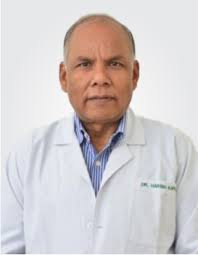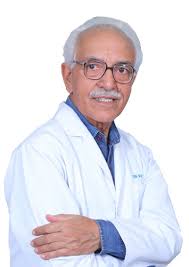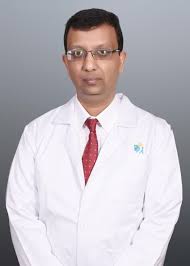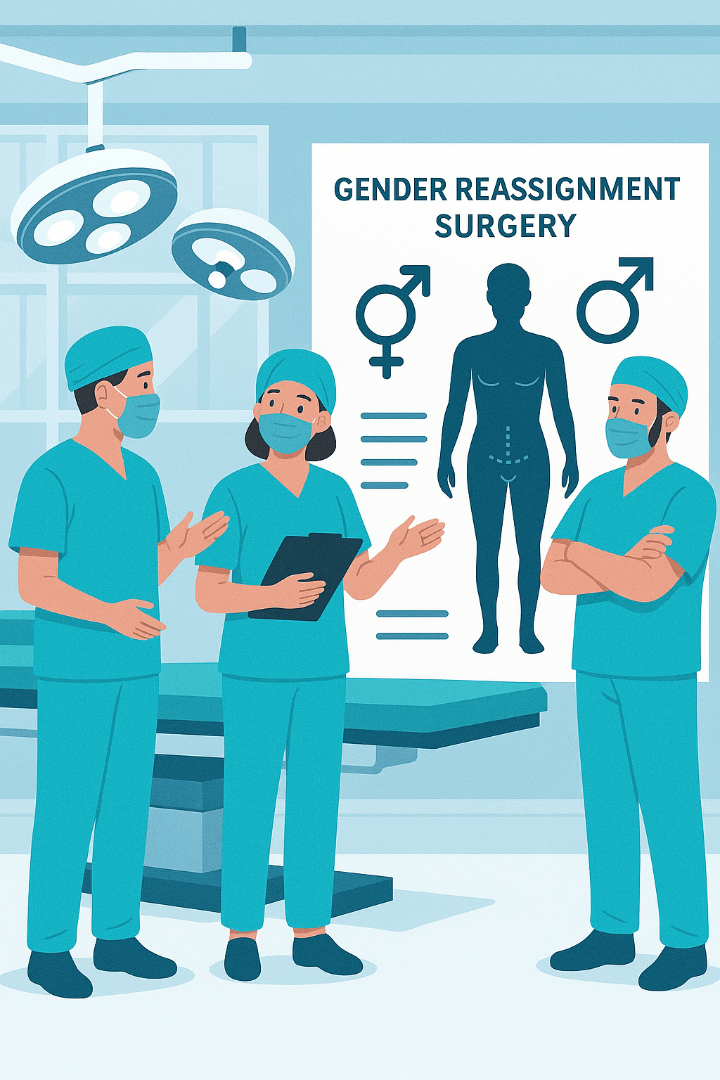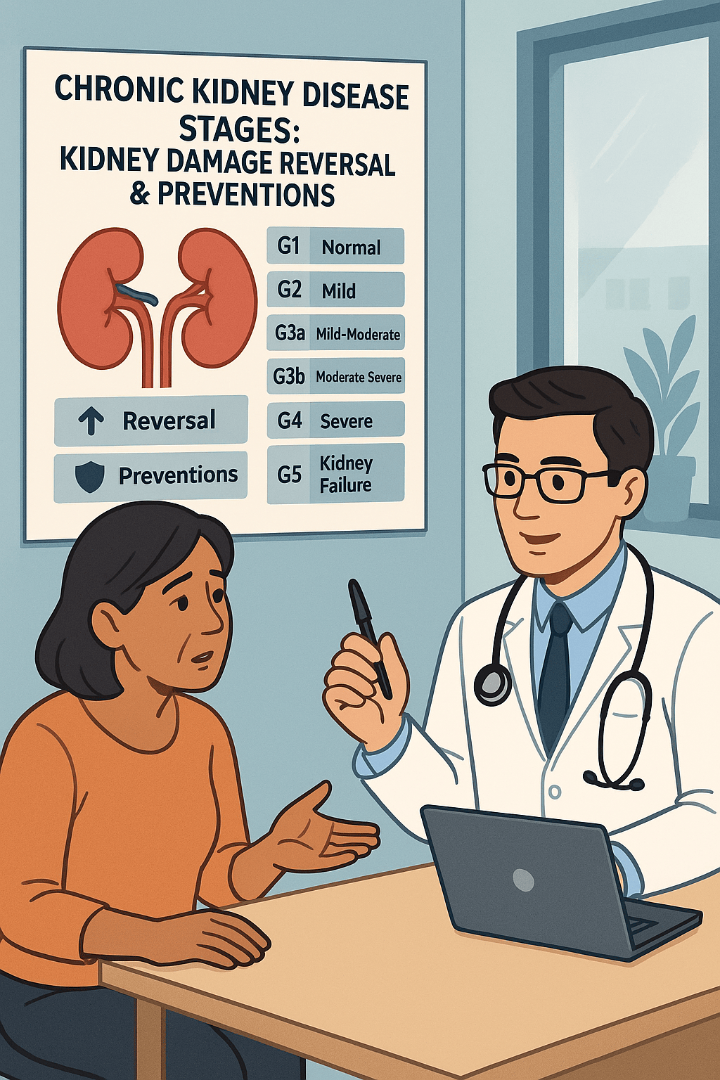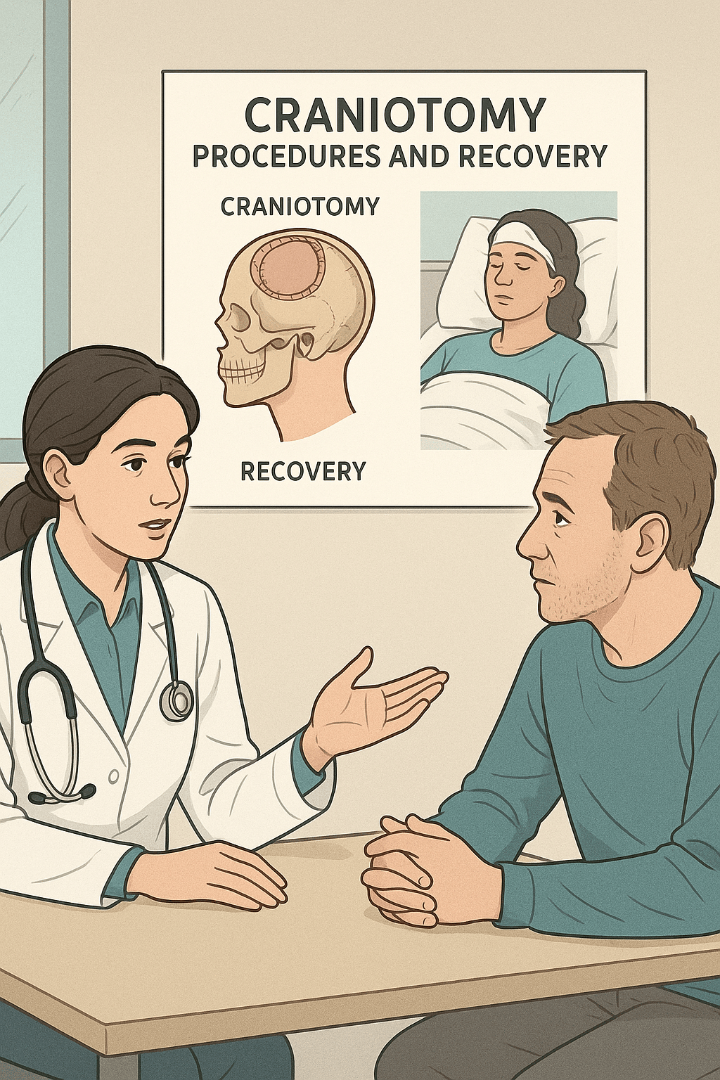What is an Abscess and Why Does It Form?
An abscess is a localized infection that leads to the collection of pus, which is a mixture of white blood cells, bacteria, and dead tissue. It typically presents as a swollen, red, warm, and painful lump. Abscesses can occur on the skin (cutaneous), under the skin (subcutaneous), or in internal organs.
They form due to:
- Bacterial infections (especially Staphylococcus aureus)
- Blocked sweat glands or oil glands
- Infected hair follicles
- Poor hygiene or injury to the skin
- Immunocompromised conditions like diabetes or HIV
What are the Different Types of Abscesses?
Abscesses are classified based on their location. Common types include:
1. Skin Abscess (Boil or Furuncle):
Occurs on the surface of the skin, typically filled with pus.
2. Perianal Abscess:
Found near the anus; often linked with anal gland infections.
3. Dental Abscess:
Infection in the tooth root or gums.
4. Pilonidal Abscess:
Occurs near the tailbone, often with ingrown hair involvement.
5. Internal Abscesses:
Such as liver, brain, lung, or abdominal abscesses; usually need imaging for diagnosis and are more complex to treat.
Each type requires specific management, and incision and drainage are standard for many superficial abscesses.
Who Needs Abscess Incision and Drainage?
Not all abscesses need surgical drainage. However, I&D is essential when:
- The abscess is large or painful
- Pus does not resolve with antibiotics
- There is surrounding cellulitis (skin infection)
- Fever or systemic infection is present
- The abscess is deep or recurrent
- The infection compromises organ function (in internal abscesses)
Timely drainage prevents complications like sepsis, tissue destruction, or spread of infection.
What is the Complete Treatment Protocol for Abscess Incision and Drainage in India?
The treatment protocol in India follows international clinical standards and includes the following steps:
1. Clinical Evaluation
- Physical examination by a surgeon or infectious disease specialist
- History of the abscess, pain level, fever, and systemic symptoms
2. Diagnostic Investigations
- Blood tests: CBC, ESR, CRP to detect infection severity
- Culture and sensitivity of pus (post-drainage)
Imaging:
- Ultrasound for deep or unclear abscesses
- MRI/CT scan for organ-based abscesses (like liver or brain)
3. Pre-procedure Preparation
- Informed consent
- Fasting (if under general anesthesia)
- Local skin disinfection and marking
4. Procedure: Incision and Drainage
- Usually done under local anesthesia for skin abscesses
- A small incision is made to allow pus drainage
- The cavity is flushed with saline or antiseptic solution
- A drain or gauze packing may be inserted to promote further drainage
- For deeper abscesses (like liver), image-guided needle aspiration or surgical drainage under general anesthesia may be used
5. Post-procedure Care
- Wound dressing every 1–2 days
- Oral or IV antibiotics
- Pain management
- Follow-up visits and wound inspection
6. Recovery Monitoring
- Most patients recover within 5–10 days
- Large or recurrent abscesses may need extended follow-up
India’s hospitals use modern tools and aseptic techniques to ensure safe and fast recovery.
What Types of Instruments and Devices Are Used in Abscess Incision and Drainage?
Several medical instruments and devices are involved in the I&D procedure, including:
- Scalpel or Surgical Blade: For making the incision
- Forceps and Curved Hemostats: To hold tissues and break up loculated pus pockets
- Suction Devices: Used in internal or deep abscesses
- Drainage Tubes or Penrose Drains: To allow continuous drainage
- Wound Packing Materials: Iodoform or medicated gauze to fill the cavity and promote healing
- Sterile Dressings and Adhesives: For post-procedure wound protection
- Ultrasound/CT Guidance Equipment: For internal or non-palpable abscesses
These tools are used by trained surgical teams in Indian hospitals that follow international hygiene and safety protocols.
What is the Cost of Abscess Incision and Drainage in India?
India is globally recognized for offering high-quality surgical care at a fraction of the cost compared to Western countries. The average cost of abscess incision and drainage in India ranges between:
$500 to $1,200 USD for superficial or cutaneous abscesses
$1,500 to $3,000 USD for internal or deep-seated abscesses requiring imaging and surgical drainage
This pricing typically includes hospital stay, surgeon's fee, anesthesia, basic tests, and dressing care. The overall cost depends on:
- Type and location of abscess
- Diagnostic requirements (e.g., CT, MRI)
- Anesthesia type
- Complication risk
- Choice of hospital and city
How is the Cost of Treatment Broken Down?
Here is a typical cost partition for abscess incision and drainage in India:
|
Component |
Estimated Cost (USD) |
|
Doctor Consultation |
$20 – $50 |
|
Diagnostic Tests (CBC, CRP, etc.) |
$30 – $80 |
|
Ultrasound/Imaging (if needed) |
$40 – $150 |
|
Local/General Anesthesia |
$50 – $200 |
|
Incision and Drainage Procedure |
$250 – $600 |
|
Medications (Antibiotics, Painkillers) |
$30 – $70 |
|
Hospital Stay (if required) |
$100 – $300 (per day) |
|
Follow-up and Wound Dressing |
$50 – $150 |
Total Approximate Cost: $500 to $1,200 (for simple abscess), and up to $3,000 for complex internal cases.
International patients benefit from all-inclusive treatment packages, often including airport pickup, translator support, and hotel accommodation through platforms like Healzone.
Why Choose India for Abscess Incision and Drainage Treatment?
India has become one of the most popular destinations for minor and major surgical treatments. Here’s why:
1. World-class Healthcare Facilities
- JCI- and NABH-accredited hospitals
- Modern operation theaters with advanced sterilization protocols
- Minimally invasive surgical options
2. Highly Skilled Surgeons
- Indian surgeons and physicians are internationally trained
- Expertise in managing infections and surgical drainage
3. Cost-effectiveness
- Affordable without quality compromise
- Transparent pricing and custom packages for international patients
4. Ease of Access
- E-visa availability for medical travel
- Multi-lingual support in hospitals
- Dedicated international patient services
5. Holistic Recovery
- Availability of Ayurveda, yoga, and post-op wellness for healing
- Personalized diet and care plans during recovery
Why Choose Healzone for Medical Tourism to India?
Healzone is a reliable and patient-first platform designed for international patients seeking affordable and effective treatment in India. Here’s why you should consider Healzone:
- Verified Hospital Network
- Healzone partners only with accredited and reputed hospitals across India, ensuring international standards of treatment.
- Pre-negotiated Packages
- Transparent, pre-approved pricing helps avoid surprises. You receive cost estimates in advance, broken down for clarity.
Seamless End-to-End Support
- Visa assistance
- Airport pickup
- Translator and interpreter services
- Dedicated medical coordinator
- Local travel and accommodation support
24x7 Care Coordination
Healzone’s coordinators help you with appointments, second opinions, insurance paperwork, post-op care, and recovery follow-ups.
No Extra Charges

